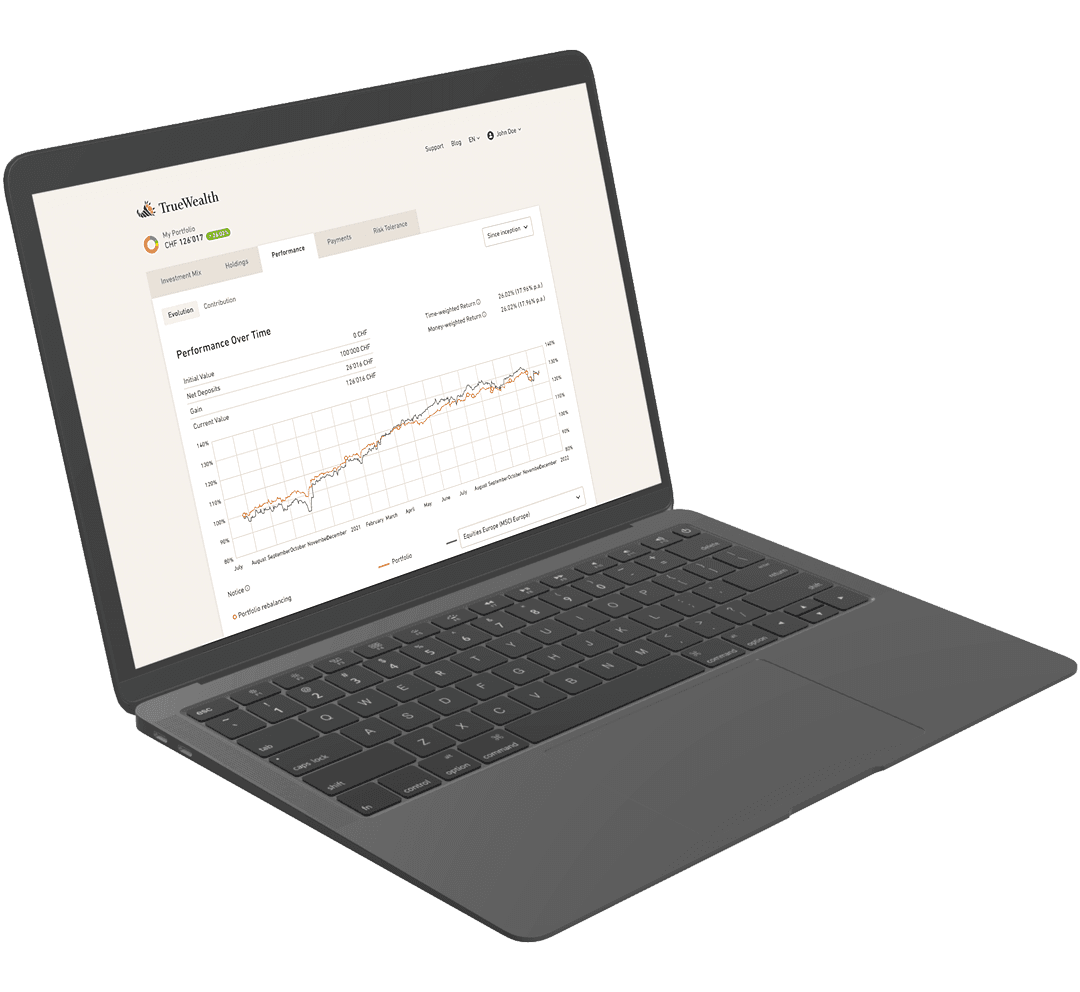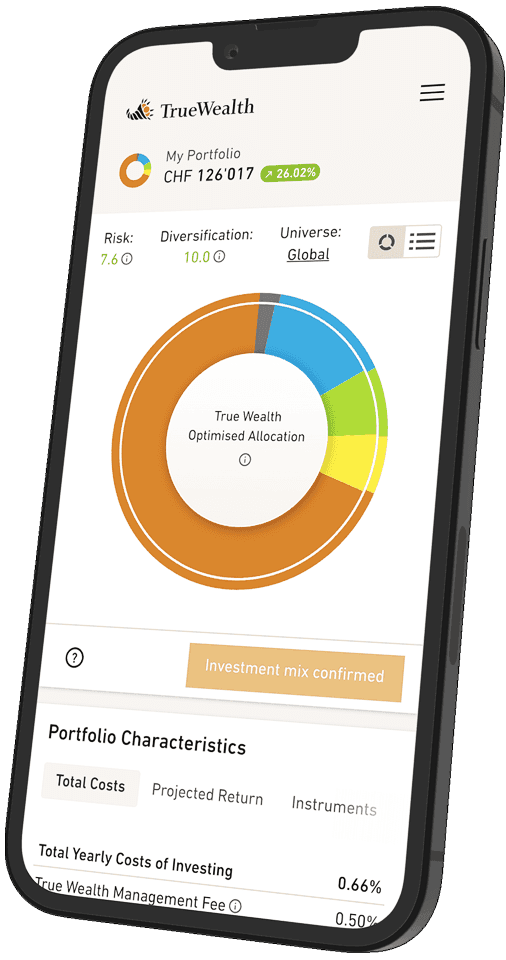
«Only with composure can you succeed in investing»
Investing with ETF: Stops are for traders only
ETFs are just as popular with investors as they are with traders. However, both groups handle them completely differently. How do you make sure you don't accidentally clash with traders?
Exchange traded funds (ETFs) are on the rise. According to the latest surveys by research firm ETFGI, more than $10 trillion is now invested in them worldwide. No wonder. They are inexpensive and highly liquid to trade on the stock market. So it's easy to participate in the performance of a wide variety of markets.
That's why they are the vehicle of choice for many long-term investors to build a diversified portfolio at low cost. However, because they are so cheap and so liquid, ETFs also attract short-term traders. Speculators who only want to bet on short-term fluctuations in price over a few days, hours or even minutes.
Although two target groups with such different interests use the same investment product at the same time, this works well on almost all trading days. On a few days, however, clashes are bound to happen. But if you, as a long-term investor, know what the traders are doing, you will ride safer and can avoid unnecessary accidents.
Downturns are wilder than upturns
As a long-term investor, time is on your side. You need to remember that once things start to go down. Because downturns are often fast and furious. Usually wilder than the long-term upswings, which often creep only inches in the right direction. Why actually?
Stops intensify the panic
Those who trade directly on the stock market through their broker are often advised to hedge their prices with a stop loss. This is an order that waits in the market and automatically sells as soon as the prices graze the predefined amount or break through to the downside. For example, five percent below the current price - or even ten. But is this really a hedge?
A stop does not guarantee the price
The stop price is always just the trigger. The actual sale will be executed at any achievable price once the trigger is reached. So a stop is never a guarantee to actually get a price close to the trigger. In a slow market, stops usually work well. (As smoothly as if you were moving from a moving escalator to solid ground with one graceful step. In faster markets, however, it can feel like you're jumping off a moving train). Even a stop-limit order provides a semblance of safety at best in a sharply falling market environment. There is a risk that both the stop price and the limit price will be breached straight down and no execution will occur.
Holes in liquidity
Especially in the case of major downturns over a weekend, there is often not the usual liquidity on Monday. On the contrary, no one wants to be the first to buy. Then, when many want to sell at the same time, it feels like fraud to many investors when the price first falls past the stop, then is executed five percent lower, only to rise again immediately afterwards. (Most traders don't care: they often don't hold positions over the weekend. Some of them even wait for investors' stops to be triggered in rows - and then buy the leftovers at the skid price).
Downturns are often quickly corrected
So for investors, a stop can cost a lot of money. Often completely unnecessarily. Because after wild downturns, upturns are often quick as well, as a look back at the Corona crash shows. From its peak on Feb. 19, 2020, to its low on March 23, the S&P 500 fell 34%. Then the market reversed almost as quickly. By August, the S&P was back at its old highs.
How cold-blooded are you?
We're not saying that every downturn is always and completely corrected. But almost all wild downturns are also followed by a violent counter-reaction, much like a rubber ball bouncing back from the ground. But if your stop gets you out of the market, did you get a good price? Do you get back in a few hours later as soon as you see even a hint of a recovery? Then you are a born trader. Do you sit out the downturn and calmly wait for the recovery? Then you are the long-term investor as it is written in the textbook.
Nerves are always better in theory
Most people are neither 100% traders nor 100% long-term investors, and neither is 100% cold-blooded in either role. How well you personally handle losses is always revealed when you suffer a loss. In theory, you may well be a risk taker. How well you sleep after a loss is another matter. So you may find that you only want one thing: to get out of stocks.
Shifting with caution
If you find that fluctuations in stocks are robbing you of sleep during a downturn, you still have the opportunity to get out a few weeks after a wild move - and usually a better opportunity than if you work with a stop. In addition, you gain time in the meantime to consider whether the economic outlook really calls for a change in your portfolio. Whether perhaps instead of an exit, a reduction in the equity quota will suffice. And also in which asset class you want to invest your money instead. Or whether you even want to use the slump to increase your equity quota. If that's what you want, you can control it with us with just one click. We will then implement it for you, without any rush to the next rebalancing of your portfolio.
However, at True Wealth we believe that it is impossible to predict when and where the next market correction will come. We will never trade out of the rush of the day and will not let any automatism decide. Only with composure, we believe, can you succeed in investing.
An earlier version of this article was published on 15.01.2016.
About the author

Founder and CEO of True Wealth. After graduating from the Swiss Federal Institute of Technology (ETH) as a physicist, Felix first spent several years in Swiss industry and then four years with a major reinsurance company in portfolio management and risk modeling.

Ready to invest?
Open accountNot sure how to start? Open a test account and upgrade to a full account later.
Open test account